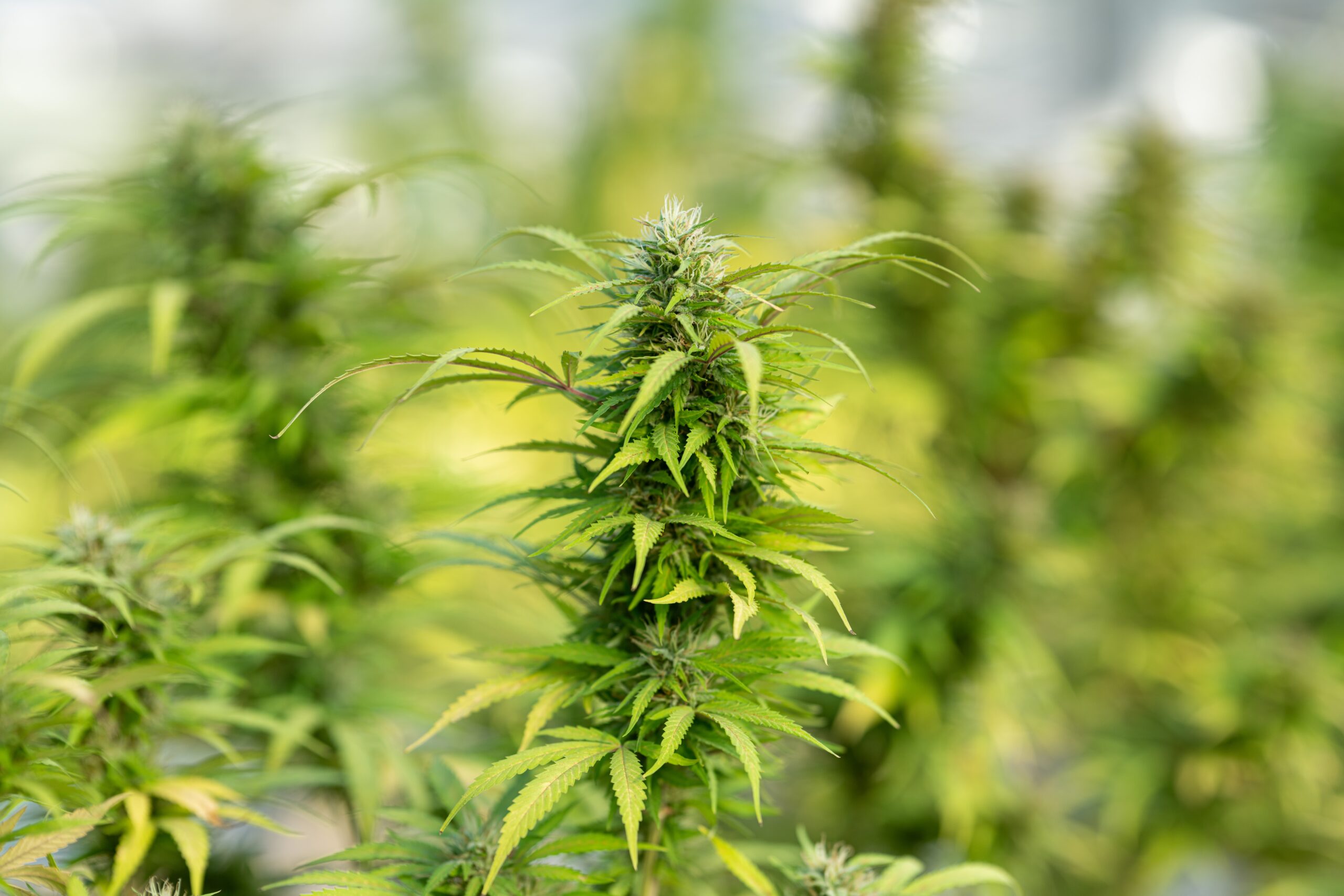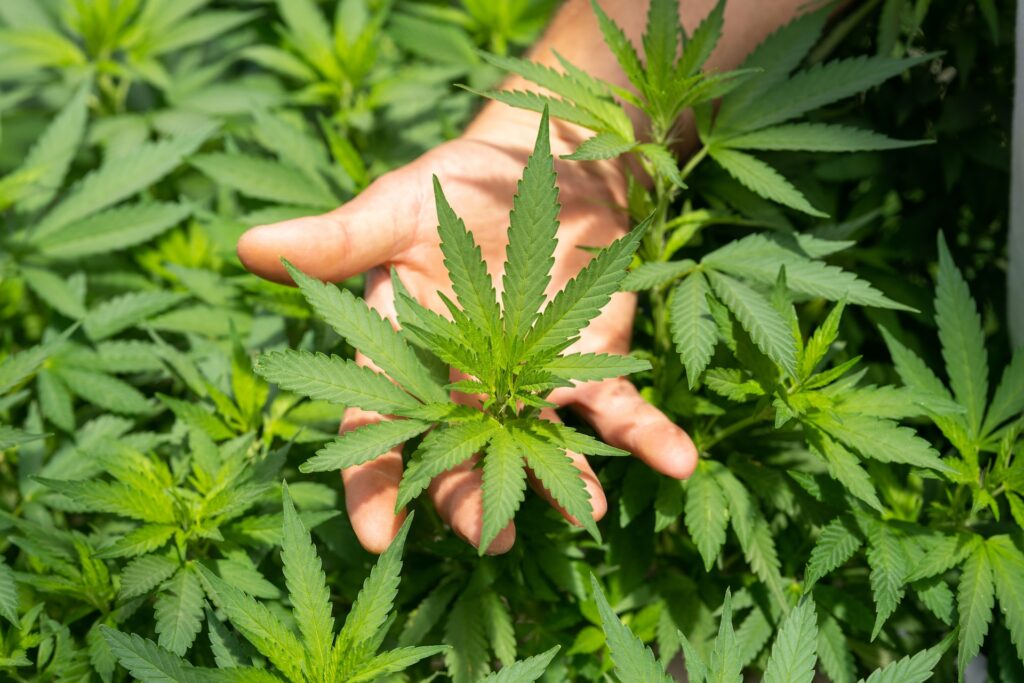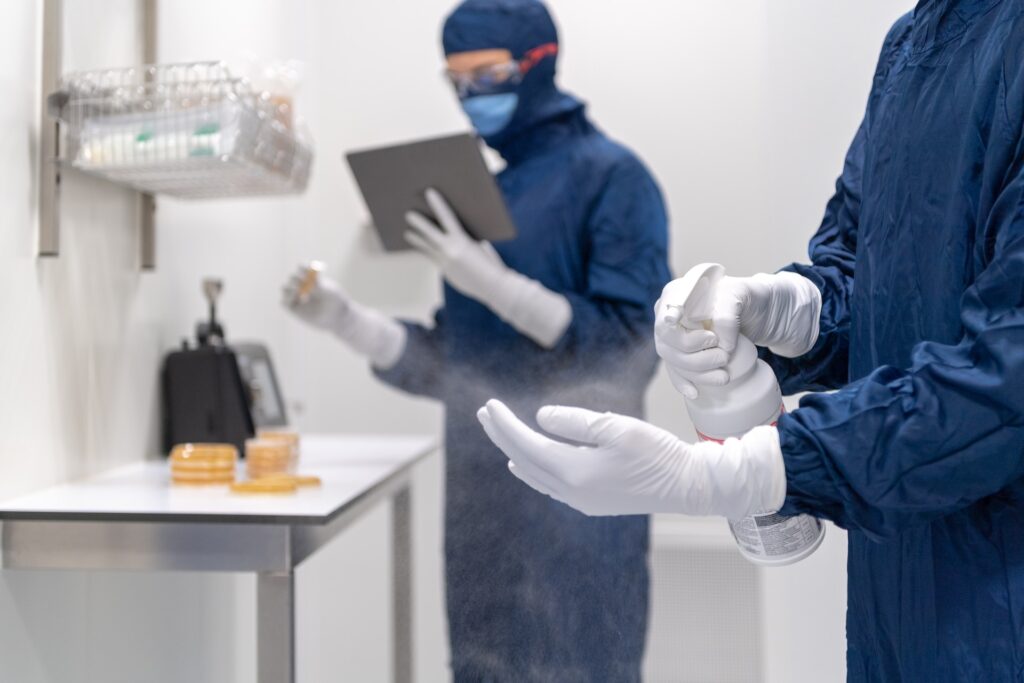
Safety First: Ensuring Authenticity And Purity of Your CBD Products
The CBD market has witnessed explosive growth in recent years. As of 2022, U.S. consumer sales of cannabidiol (CBD) reached around 1.8 billion U.S. dollars, showcasing a significant increase from approximately half a billion U.S. dollars in 2018. As the popularity of CBD grows, so does the responsibility of ensuring product safety and authenticity for retailers and consumers.
This blog delves into the intricate process of verifying product origins and examining quality assurance measures. By doing so, we aim to equip you with the knowledge to make informed decisions when buying CBD products, ensuring you receive safe, genuine, and top-quality items.
What Is CBD?

CBD, or cannabidiol, is one of over 100 chemical compounds known as cannabinoids in the cannabis plant. Unlike THC (tetrahydrocannabinol), the primary psychoactive compound in cannabis, CBD is non-psychoactive. This means it does not produce the “high” or intoxicating effect of THC.
CBD has gained significant attention in recent years for its potential therapeutic benefits. Research suggests that it may have various health benefits, from pain relief and reducing anxiety to potential anti-inflammatory properties. It’s commonly found in various products, including oils, edibles, topicals, and capsules.
While CBD is generally considered safe, it’s essential to consult a healthcare professional before using it, especially if one takes other medications or has underlying health conditions.
Understanding CBD Purity
CBD purity refers to the concentration and authenticity of cannabidiol in a product. A pure CBD product contains high concentrations of CBD without other cannabinoids, contaminants, or additives. Understanding the purity of CBD is crucial for several reasons:
- Potency and Effectiveness: The purer the CBD, the more potent and effective it will likely be. A high purity ensures you get a product rich in CBD and not diluted with other substances.
- Safety: Impurities include harmful substances such as heavy metals, pesticides, or solvents. These contaminants can pose health risks when consumed.
- Legal Considerations: Legal limits are set on THC (the psychoactive compound) amount in CBD products in many regions. Ensuring the purity of CBD can help in staying compliant with these regulations.
- Consistency: A pure CBD product will offer more consistent results, ensuring that users get the same effect with every use.
- Value for Money: Pure CBD products might be more expensive upfront, but they often provide better value in the long run because you’re getting a higher concentration of the active ingredient.
How To Determine CBD Purity and Safety

Check For Lab Test Results:
Third-party lab testing is essential in the CBD industry to ensure product quality and transparency. When a product undergoes third-party testing, it’s analyzed by an independent laboratory that isn’t affiliated with the manufacturer. This ensures an unbiased evaluation. A Certificate of Analysis (COA) is then provided, which details the product’s contents. This certificate verifies the amount of CBD and checks for potential contaminants like heavy metals, pesticides, solvents, and other cannabinoids, such as THC.
Consumers should always check for a COA when considering a CBD product, either by accessing it on the manufacturer’s website or requesting it if not readily available.
Verify the Source of Hemp:
The origin of the hemp used in a CBD product plays a crucial role in determining its purity. Hemp is a bio-accumulator, meaning it can absorb both the good and bad from the soil it’s grown in. Therefore, hemp cultivated in clean, uncontaminated soil is more likely to produce purer CBD products.
Consumers should opt for products derived from hemp grown in regions known for strict agricultural regulations. This ensures that the hemp hasn’t been exposed to harmful chemicals or environmental pollutants. Many top-tier CBD brands often emphasize the origin of their hemp, highlighting attributes like organic farming practices, non-GMO status, and sustainable cultivation methods.
Understand the Manufacturer’s Extraction Method:
The method employed to extract CBD from the hemp plant significantly impacts the purity and overall quality of the resulting product. CO2 extraction is considered the industry’s gold standard. This method uses carbon dioxide to extract CBD under high-pressure and low-temperature conditions. The advantage of CO2 extraction is that it preserves the purity of the CBD while ensuring a full-spectrum oil, capturing other beneficial cannabinoids and terpenes without introducing harmful solvents.
Consumers should be wary of products that use extraction methods involving toxic solvents like hexane or butane, as these can leave undesirable residues in the final product.
Red Flags For Consumers And Retailers
- Price Points: Extremely low prices can be a warning sign of inferior quality.
- Lab Testing: A lack of third-party lab testing or inaccessible results raises concerns.
- Health Claims: Beware of brands making non-FDA-approved therapeutic claims.
- Inconsistent Information: Sites providing contradictory or inconsistent information can be misleading and should be cautiously approached.
- Educating Yourself: Before making a purchase, arm yourself with knowledge. Ask about the hemp’s source and the extraction methods used. Ensure the product doesn’t contain unwanted additives or fillers. Always verify the accuracy of product information by consulting reputable sources.
The Role of Retailers In Ensuring Product Quality
Retailers are pivotal in the product supply chain as the crucial link between manufacturers and end consumers. Their role extends beyond merely selling products; they bear a significant responsibility in ensuring the safety and authenticity of the items they offer. Here’s a deeper dive into the multifaceted role of retailers in guaranteeing product safety:
1. Rigorous Vetting of Suppliers and Manufacturers:
Before establishing partnerships, retailers must conduct thorough background checks on their suppliers and manufacturers. This involves understanding their production processes, sourcing materials, quality control measures, and any certifications they might hold. By working with reputable and compliant partners, retailers can significantly reduce the risk of unsafe products reaching the market.
2. Educating Staff:
A well-informed staff is a retailer’s first defense against potential product safety issues. Employees should be trained regularly on product specifications, safety protocols, and potential hazards. This ensures they can confidently address consumer queries, provide accurate information, and spot potential product safety concerns before they escalate.
3. Accessibility of Information:
In the digital age, consumers expect to access information at their fingertips. Retailers should ensure that detailed product information, safety guidelines, and usage instructions are readily available in physical stores and online. QR codes, interactive kiosks, and user-friendly websites can facilitate this.
4. Collaborating with Expert Copywriters:
Clear, accurate, and engaging product descriptions are essential for marketing and ensuring consumer safety. Retailers should consider partnering with specialized content writing agencies, like TeknonWriters, with industry expertise. Such agencies can craft product descriptions, safety guidelines, and marketing materials that are compelling and free from misleading or inaccurate information.
5. Continuous Monitoring and Feedback Loop:
Retailers should establish mechanisms to monitor product performance and continuously gather consumer feedback. This can help in the early detection of potential safety issues and facilitate timely corrective actions.
6. Transparent Communication:
In product recalls or safety concerns, transparent and prompt communication is key. Retailers should have a strategy to inform affected consumers, provide solutions, and proactively address concerns.
Conclusion
The CBD industry is a dynamic and evolving landscape. Both retailers and consumers share the responsibility of ensuring product safety and authenticity. By prioritizing transparency, education, and due diligence, we can enjoy the benefits of CBD while ensuring our well-being.